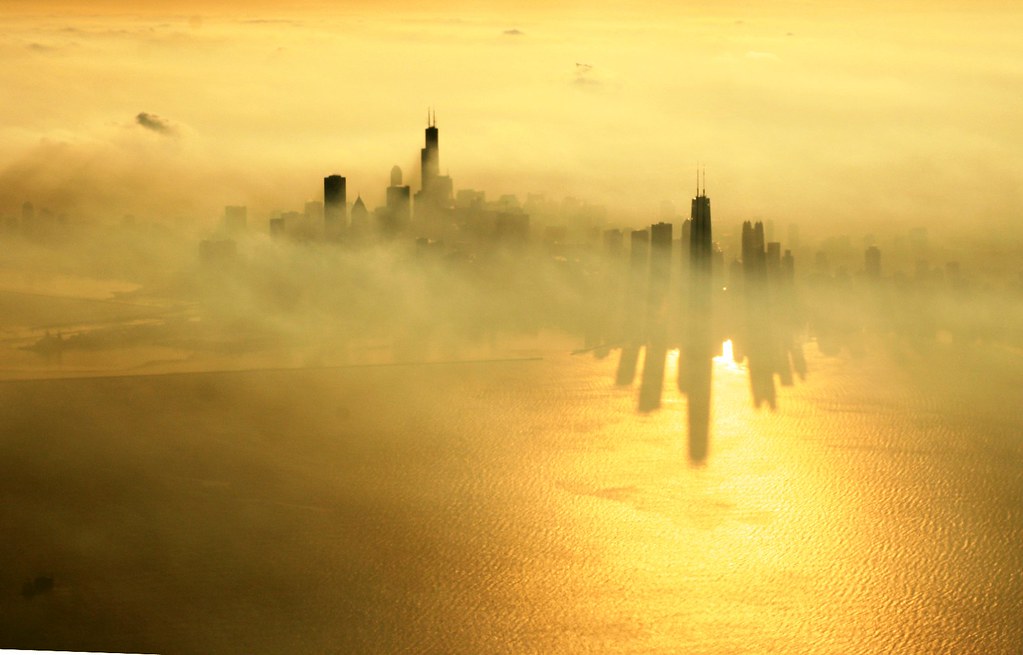What kind of camera do you have? Point and shoots today are FANTASTIC and just get better and better. But…and it’s a cute but…DSLRs still take the best pics. I don’t care how good p&s cameras get…knowing how to program a camera is always going to be crucial. A camera simply cannot adjust on its own to every situation. Today, for example, I shot for about an hour, and I was constantly adjusting my settings. Yes, most point and shoots can be user-adjusted manually, but they still aren’t up to the quality of great DSLRs.
I have a Canon 40D. My main lens is a 24-105mm L IS. It’s a great camera and about the best lens you can buy in that focal length.
My pictures come out like the ones you linked to.
If you have a good DSLR and a great lens, the next step is learning about exposure, which is a combination of: aperture, shutter speed, and ISO. White balance is really important, as well as metering. In real estate, the three most important things are location, location, and location. In photography, it’s exposure, exposure, and exposure.
I’ve taken well over 100,000 photos, and I’ve analyzed them all. I keep my camera on burst mode so that when I shoot a pic, I take a minimum of three, but usually about five shots. When I do that ten times, I’ve taken 50 photos. Of those 50, maybe one or two will be of the quality of the photos you’ve linked. One in a hundred is better than those.
Today, I shot 850 pics. Of those, I edited 106. Of the 106, maybe…five were spectacular “why aren’t I a pro?” pics.
Editing is the final step. Most people use Photoshop. I use The Gimp, which is free. What I usually do to each photo is: adjust color with levels, sharpen with unsharp mask, and adjust the contrast. Sometimes I get tricky and dodge and burn dark/light areas. Sometimes I use a lot of layers to rescue an over/underexposed photo. Sometimes I use filters for a desired effect.
Ugh…I’ve turned into a camera snob 


